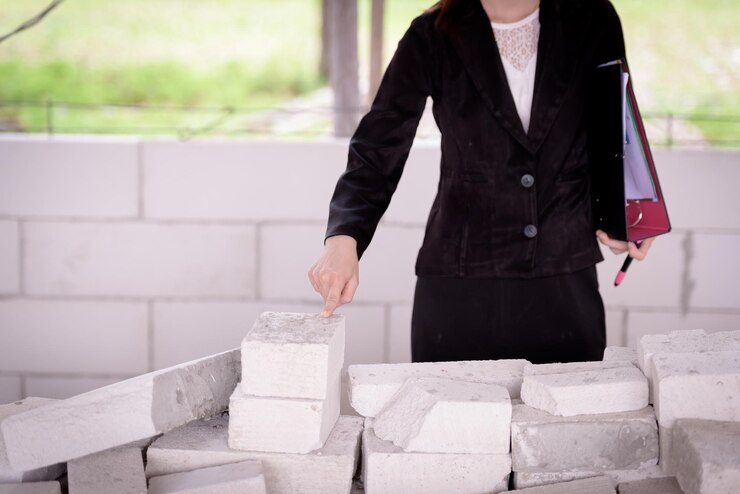When it comes to creating durable, efficient, and tailored buildings, few methods compare to ground up construction. Unlike renovation or remodeling, ground up development means starting from a blank piece of land and building entirely new structures. This approach offers complete control over design, materials, and layout, making it the preferred method for many developers and property owners looking for long-term success.
In this blog, we’ll uncover the secrets behind ground up construction and explain why building from scratch often leads to stronger, smarter, and more adaptable spaces.
What Is Ground Up Construction?
Ground up construction refers to the process of constructing a building entirely from the ground level, starting with an empty plot of land. It includes everything from site preparation, laying foundations, erecting the structure, to finishing interiors. This approach differs from renovations or additions, which involve working around or within existing structures.
From homes and office buildings to schools and retail spaces, ground up construction allows developers to design purpose-built environments with specific goals in mind—be it sustainability, functionality, or scalability.
Benefits of Ground Up Development
- Total Design Freedom
When you start from scratch, you can create a layout that perfectly fits your needs. Whether it’s the number of rooms, the placement of windows, or the use of eco-friendly materials, you have full control. Ground up development offers a blank canvas to shape your vision without the constraints of existing walls or old designs.
- Stronger Foundation and Structure
One of the biggest advantages of ground up construction is the ability to build a stronger, more reliable foundation. Since you’re not working around pre-existing issues like weak framing or outdated infrastructure, everything from the base to the roof can be built to modern standards and codes. This leads to improved durability and a longer building lifespan.
- Energy Efficiency and Sustainability
Starting from the ground up means you can integrate the latest green technologies from the beginning. From solar panels to energy-efficient HVAC systems and insulation, you can build a structure that reduces energy use and lowers utility costs over time. New construction is often more environmentally friendly than retrofitting old buildings.
- Modern Safety Standards
Ground up development gives builders the chance to follow up-to-date safety regulations. This means safer electrical systems, improved fire protection, better accessibility, and disaster-resistant materials. Older buildings may not meet these standards, making them more vulnerable and costly to upgrade.
- Cost Control and Budget Accuracy
While building from the ground up may seem expensive at first, it can actually save money in the long run. Renovations often come with hidden surprises like structural damage or mold that can spike costs. In contrast, ground up construction provides clearer project scopes and cost expectations, helping you stay within budget.

Challenges of Ground Up Construction (And How to Manage Them)
While the benefits are many, ground up development isn’t without its challenges:
- Longer timelines: Starting from scratch takes time, especially for permits, design approvals, and foundation work.
- More planning required: Because everything is new, careful coordination is essential from day one.
- Higher upfront costs: Initial costs can be higher, but they are balanced by lower maintenance and repair expenses over time.
With the right team and a solid plan, these challenges can be managed efficiently. Thorough site analysis, realistic timelines, and expert input can ensure the process runs smoothly.
When Is Ground Up the Right Choice?
Ground up construction is ideal when:
- You’re building on undeveloped land.
- You need a custom layout or specialized building use (like healthcare, education, or tech facilities).
- Existing buildings are too damaged, outdated, or small to meet your needs.
- You want long-term control over design, materials, and systems.
It’s especially beneficial for projects where future expansion, energy efficiency, or modern design are priorities.
Conclusion: A Stronger Future Starts from the Ground Up
Ground up construction offers unmatched opportunities to design and build stronger, safer, and more efficient spaces. While it requires more planning and initial investment, the long-term benefits make it a smart choice for property owners and developers who want lasting value.
By starting from scratch, you’re not just constructing a building—you’re creating a space tailored to your vision, purpose, and future growth. Whether it’s a new home, office, or community center, ground up development paves the way for innovation, strength, and success from the ground up.









